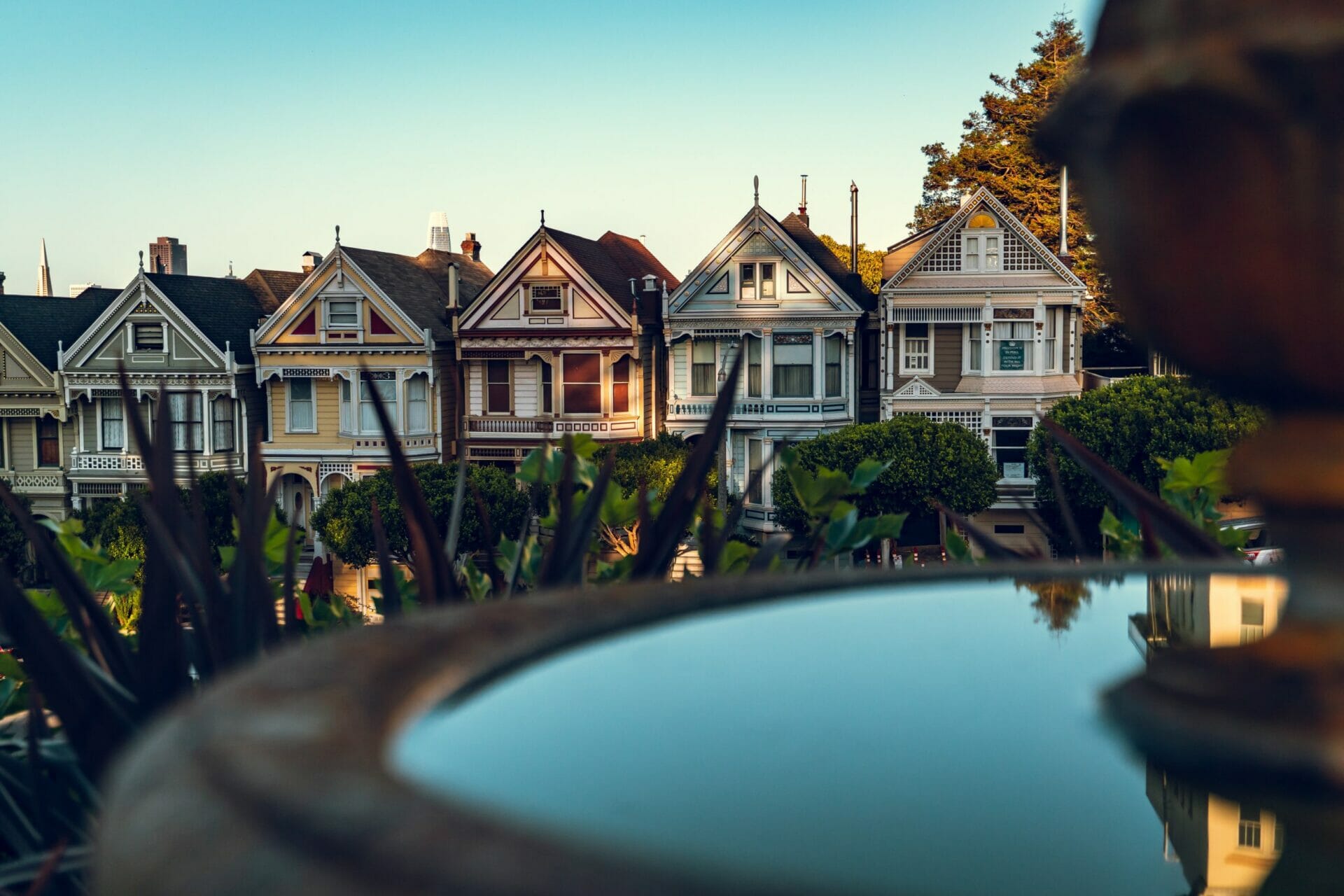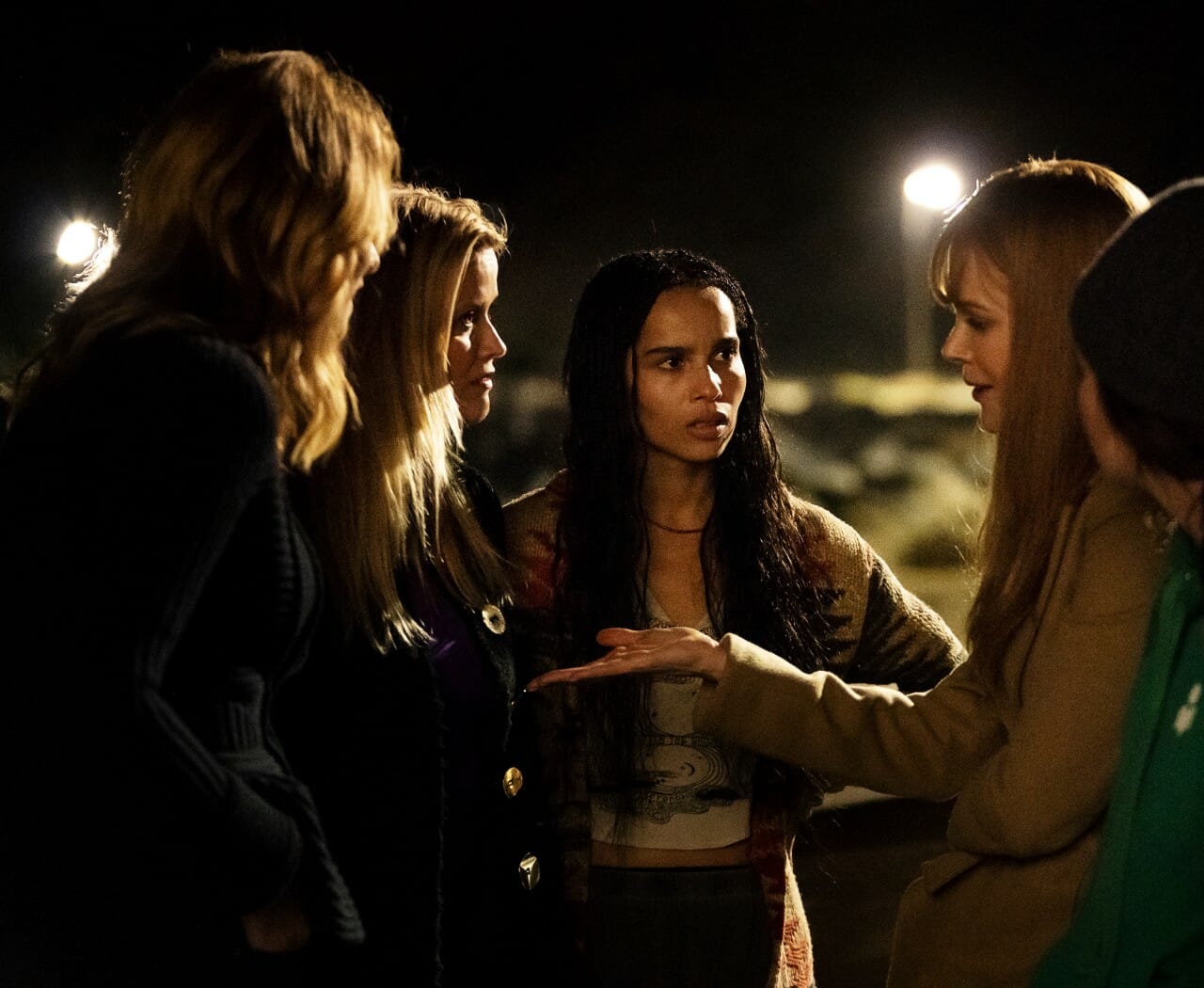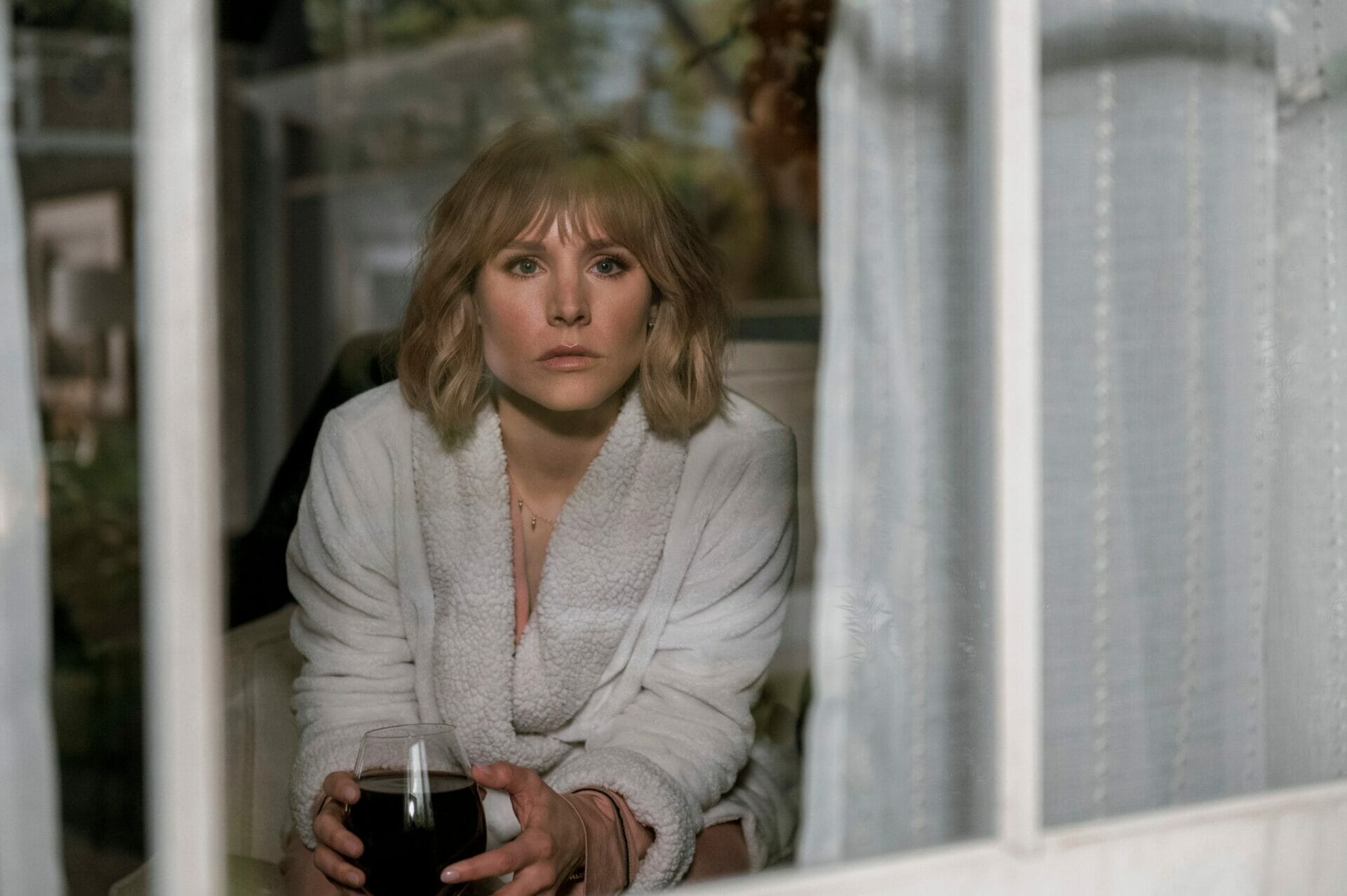
Mystery and domestic struggles in Desperate Housewives
Showrunner
Year
Country
Seasons
Runtime
Original language
Genre
When an American mother commits suicide in Wisteria Lane, an artificial yet realistic neighborhood set in the fictitious Eagle State, her four friends and neighbors also living in the street start to uncover the secrets surrounding her mysterious death. In the meantime, they’re also dealing with their personal and domestic struggles. For eight years, off-and-on from 2004 to 2016, across eight seasons, Desperate Housewives crackled with a cast of all-female leads, whose lives in the cliched suburban balm of Wisteria Lane reverberated to the tune of domestic bliss, alcoholism, murder, infidelity, love, lust, revenge, marital harmony, secrets and mysteries.
The show goes for a simple and unobtrusive visual style, playing with the viewers’ expectations of normality, and so accentuating the scenes that have a thriller aspect. Because of the variety of plotlines that the series explores, the tone can vary wildly from episode to episode, and although most scenes are riddled with jokes, Desperate Housewives doesn’t shy away from dark moments.
A playful but realistic tone
Viewers and critics alike had an enthusiastic reception to the show. By 2007 it had an audience of 120 million people and was winning Emmy’s, Golden Globes, and Screen Actors Guild Awards. Desperate Housewives is one of the shows that turned around ABC’s declining fortunes, along with Lost and the stunning humanity and realism (and music) of the idiosyncratically-excellent Grey’s Anatomy. Marc Cherry, who was Desperate Housewives’ showrunner, or senior executive producer, described it as a mix of Knots Landing and American Beauty with a touch of Twin Peaks.
One of the main themes in the series is that of women’s role in society tackled with a playful but realistic tone.
The opening theme explores this idea, showing artworks depicting female domestic life through the ages. Desperate Housewives combines comedy, drama, and mystery, creating created a cultural phenomenon that eventually went beyond the screen and permeated the real world. It spawned stories of real-life ‘desperate housewives,’ as seen in the popular reality TV show The Real Housewives. The show had such a broad reach that even Laura Bush, former First Lady of the United States, stated during a dinner in 2005: “Ladies and Gentlemen, I am a desperate housewife.”
Tag
Buy a ☕ for Hypercritic








